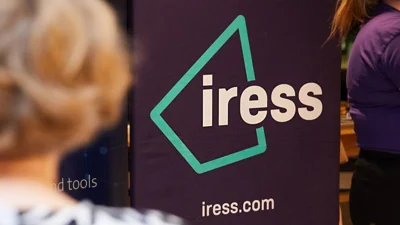ATO's SMSF data skewed by retirees



One of the more interesting figures to come out of the Australian Taxation Office's (ATO's) June Self Managed Super Fund (SMSF) Statistical Report was the proportion of members with incomes less than $40,000 per annum. Such numbers, according to Matthew Walker, director of WLM Financial, are likely to have come about for a variety of different but equally valid reasons.
"Our anecdotal evidence suggests that people on $40,000 a year income rarely, if ever, set up a self managed super fund unless they're looking at doing something that's either very unusual or they're getting some poor advice," he said. "So I'd suggest these statistics are probably skewed by members in draw-down phase, i.e. they're retired."
Walker was quick to point out that income coming out of a super fund was all tax free so that even if someone had $50 million, it wouldn't be assessed.
"But that doesn't mean they're not wealthy," he said. "It's also not unusual for self managed super funds to incorporate other family members, as in Mum, Dad and the two kids.
"Those children may not be high earners," added Walker. "So again, I'd suggest that statistically the numbers are probably skewed through the inclusion of all members of all types, not necessarily the primary income earners and contributors."
The reality, according to Walker, was that self managed super funds gave their members a great deal of flexibility and that that flexibility would always be attractive to a variety of different people in a variety of different circumstances.
"Setting up your self managed super fund gives you a lot of flexibility and a lot of options," he said. "If you can use that for the benefit of the family, that's great.
"This is about taking advantage of the options available to you," Walker continued. "You might not set it up for those secondary members, so to speak, but if it's in existence there's no harm in looking at it."
Recommended for you
The winners have been announced for the 2025 Super Fund of the Year Awards, held in Melbourne on 26 November by Money Management's sister brand Super Review.
Data and technology provider Novigi has acquired Iress’ superannuation consulting and managed services business from Apex Group.
AMP is to launch a digital advice service to provide retirement advice to members of its AMP Super Fund, in partnership with Bravura Solutions.
Unveiling its performance for the calendar year 2024, AMP has noted a “careful” investment in bitcoin futures proved beneficial for its superannuation members.








